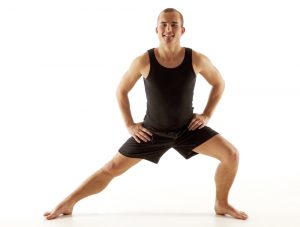 It is widely understood that the body is the subconscious mind. Whether you are a budding psychotherapist or a veteran in the field, your own body is really the instrument of your work.
It is widely understood that the body is the subconscious mind. Whether you are a budding psychotherapist or a veteran in the field, your own body is really the instrument of your work.
“How” you are (physically and in touch with your physiology) is likely more important than how “smart” you are. Remember, as a therapist, you are still a bundle of energy approaching another — vulnerable — bundle of energy. Thus, if you are not comfortable in your body, or if you are inflexible in your range of motion or manner, it has an impact on your client or patient.
In our training group we aim to be body-oriented psychotherapists. We try to measure change by shifts in the physiology. Even in group and individual psychotherapy where talk is the medium, we are always paying attention to whether the body is managing emotion in healthy or unhealthy ways.
Our interventions have attention to the physical woven into them. We attend to their breathing. We attend to eye contact — especially when the patient is trying to communicate emotion. We pay attention to voice quality and other metrics of physiology where emotion is bound up. In this way, we use the group as a laboratory for embodied relationships where we have an opportunity to do repair work as transferences emerge around the group. In the process we cultivate a new capacity for expression, thus often lifting depression and freeing energy for other purposes.
We think that each therapist should have at least some experience with direct body approaches such as bioenergetics, craniosacral therapy and more. The reason that we believe this is necessary in a training program is because by going through these programs, one can get a sense for how emotions play out in their own body. This gives them a baseline from which to identify with the patient, to empathize accurately. It also provides a conceptual framework for interventions. Since we now know there is no true separation of body and mind, this is the way we approach the mind inside the body.
Our program was infused with body consciousness over the course of a 20-year relationship with Dr. Charles Kelley, a student of Wilhelm Reich and trainer of hundreds of body workers worldwide. In the course of his working with us, individually and collectively, we learned about the physical segments of one’s “character armor” in preparation for our style of intervention.